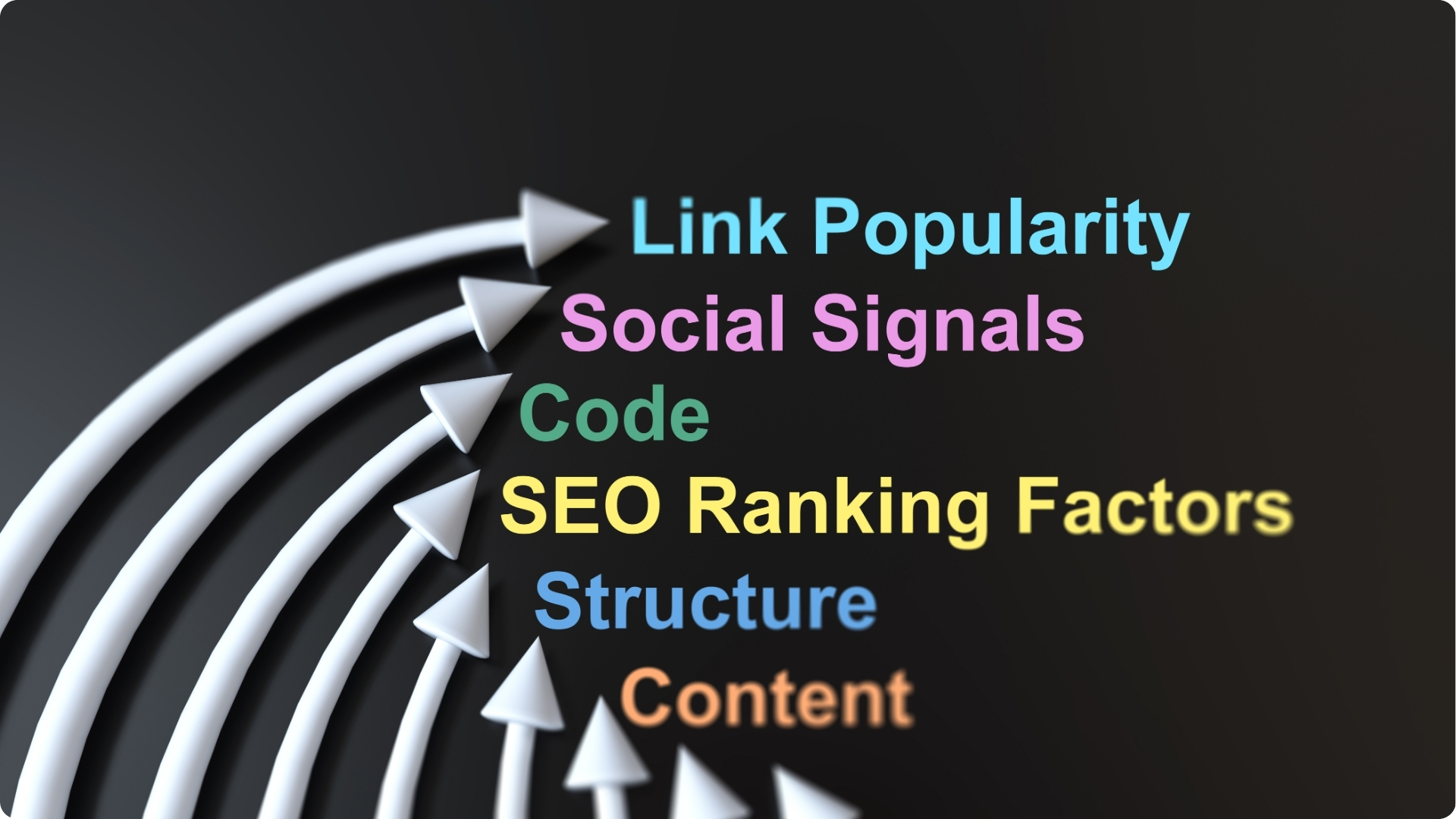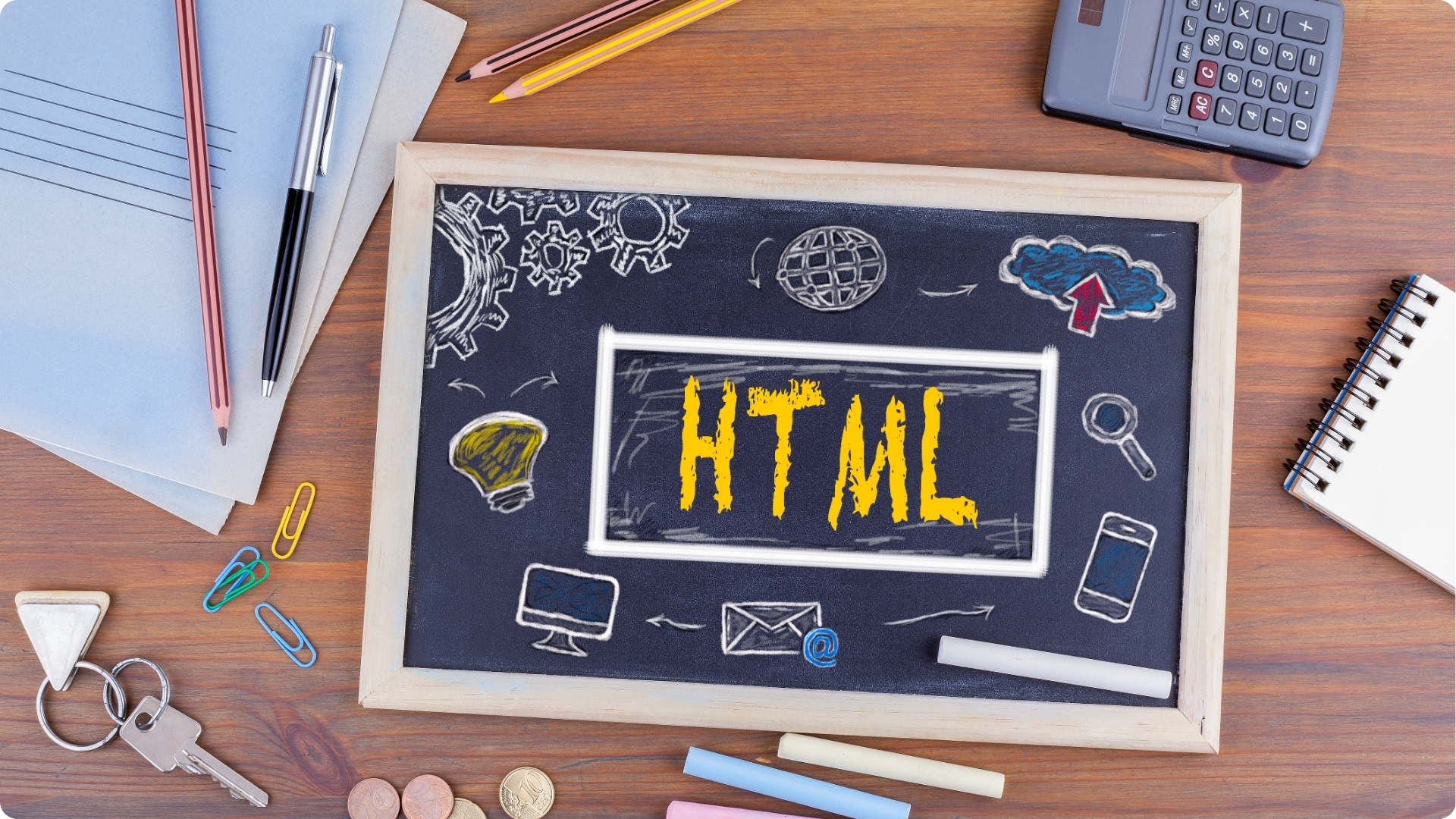Image search over the last few years has changed, but not by much, that is to say, the basic principles of the game have remained the same. While that is true, it must also be remembered that optimizing images for SEO needs doing, now more than ever. This is important because it creates better visibility and better connections between the images and the content.
Let’s look at four things that you can do that helps take forward your image search optimization techniques:
4-Tagging: One of the best things that you can do for Image search optimization really is to take full advantage of contextual tagging. Yes, Image names are given a lot of weight than names that are unrelated, but adding extras like captions, tags, location, etc makes it easier for search engines to recover your images.
3- Alt Attributes: Alt Attributes are used to specify the alternate text that is to be rendered when the original cannot be rendered. Attention here should be paid to the fact that the alt attribute should also have a keyword so that no stone is left unturned.
2-Text Surrounding the Image: Make sure that the text surrounding the image is relevant and connected to the image itself. If the image is key for the text for which is placed, emphasis and value get added to it.
1-Naming: When naming the file while uploading it, it is important to ensure that keywords are included, hyphens are used if required rather than underscores and have proper names rather than random numbers and digits. Contrary to most people’s understanding, it does help in optimizing image search, considering most search engines search for images using these titles.
Just like all other SEO rules, there is nothing that says that you should stick to the book by the letter. Experiment with what works out great for you rather than blindly follow what you’ve read somewhere.




